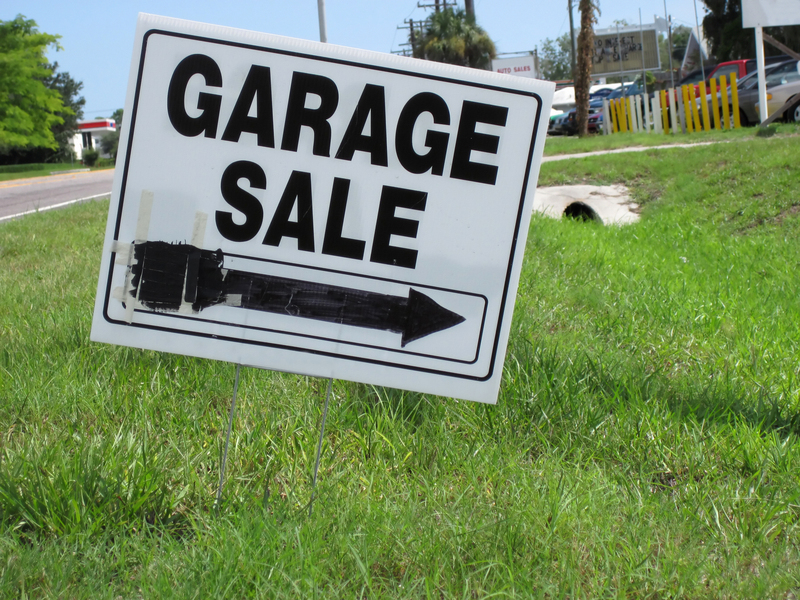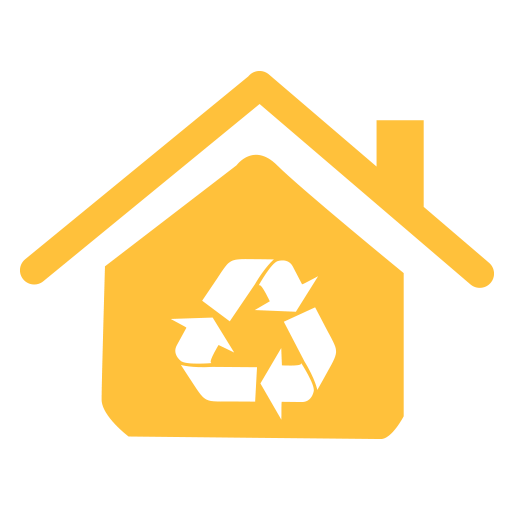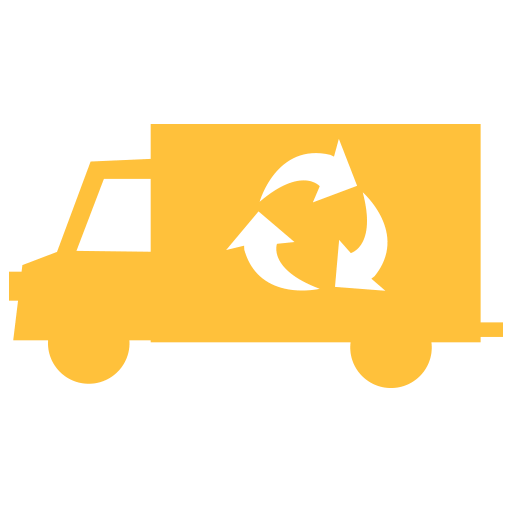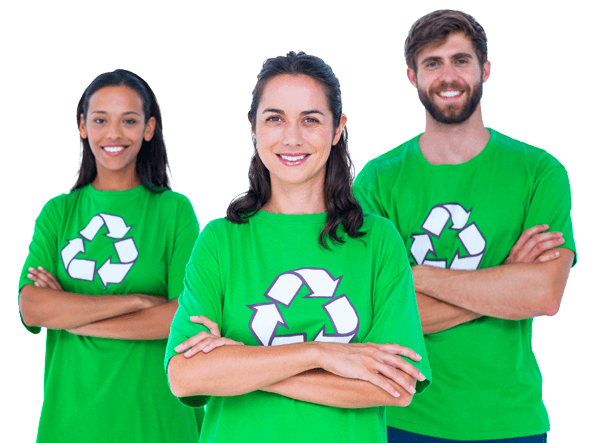Identifying Hazardous Waste: A Guide to Recognizing Dangerous Materials
Posted on 26/10/2025
Identifying Hazardous Waste: A Guide to Recognizing Dangerous Materials
Hazardous waste is a serious concern for industries, communities, and the environment. Properly identifying hazardous waste is crucial to prevent risks to health, safety, and the planet. This comprehensive guide explores how to recognize dangerous materials, discusses the types and categories of hazardous waste, and offers practical steps for classification and management.

What is Hazardous Waste?
Before you can effectively identify hazardous waste, it's important to understand what the term means. Hazardous waste refers to any material that poses a substantial or potential threat to public health or the environment. This material can be solid, liquid, or gaseous and is typically a byproduct of industrial processes, though it may also arise from households, laboratories, medical facilities, and agricultural operations.
Defining Characteristics
- Toxicity: Capable of causing harm when ingested, inhaled, or absorbed.
- Ignitability: Easily combustible or flammable.
- Corrosivity: Able to erode or wear away materials, particularly metals.
- Reactivity: Prone to explosive reactions or generating toxic gases when in contact with water or other substances.
Materials meeting any of these criteria are considered hazardous and require careful handling and management.
Categories and Examples of Hazardous Waste
1. Listed Hazardous Waste
The Environmental Protection Agency (EPA) maintains specific lists for hazardous waste. If a waste stream matches an item from these lists, it's automatically classified as hazardous:
- F-list: Wastes from common industrial processes (e.g., cleaning solvents, wastewaters).
- K-list: Wastes from specific industries (e.g., petrochemical manufacturing waste).
- P-list and U-list: Discarded commercial chemical products such as pesticides, pharmaceuticals, and unused chemicals.
2. Characteristic Hazardous Waste
Some wastes may not be specifically listed but meet one or more hazardous characteristics (toxicity, ignitability, corrosivity, reactivity). For example:
- Batteries containing lead or cadmium
- Paint thinners and solvents
- Acids and alkalis from manufacturing or cleaning processes
- Old pesticides or herbicides with hazardous additives
3. Universal Waste
Universal wastes are widely generated hazardous wastes that require special handling but are subject to less stringent regulations to encourage proper recycling or disposal. Common examples:
- Mercury-containing thermostats and fluorescent bulbs
- Certain pesticides returned from the market
- Nickel-cadmium (Ni-Cd) batteries
4. Mixed Waste
Why is Recognizing Hazardous Waste Important?
Failing to accurately identify hazardous waste can result in significant consequences, including:
- Threats to human health such as respiratory problems, skin burns, and poisoning.
- Environmental contamination of soil, water, and air.
- Legal and financial penalties for improper disposal.
- Increased risk of fires, explosions, and other hazardous incidents.
How to Recognize Hazardous Waste
Recognizing dangerous materials involves a systematic approach. Below are key steps to follow:
1. Review Safety Data Sheets (SDS)
Manufacturers and suppliers provide Safety Data Sheets (formerly called MSDS) for chemicals and materials. Reviewing these documents offers critical information on hazards, handling, and disposal. Key sections to examine:
- Hazard identification
- Composition/information on ingredients
- Fire-fighting measures
- Accidental release measures
- Disposal considerations
2. Check Container Labels
Labels affixed to chemical containers often display hazard symbols and precautionary statements. Watch for:
- Pictograms indicating flammability, toxicity, or corrosivity
- Signal words such as "Danger," "Warning," or "Caution"
- Instructions for safe storage and disposal
3. Conduct Waste Analysis and Testing
If the waste's origin is unknown or unclear, testing may be necessary. Common tests for identifying hazardous properties include:
- Ignitability tests for flash point
- Corrosivity tests for pH level
- Toxicity Characteristic Leaching Procedure (TCLP) to detect toxic elements
- Reactivity assessments with water or rapid decomposition agents
4. Reference Regulatory Lists
The EPA and regional agencies publish lists of known hazardous wastes by industry, chemical, and use. These include:
- RCRA (Resource Conservation and Recovery Act) Lists
- State environmental protection lists
5. Consider the Source of the Waste
Knowing the process or activity that produced the waste can reveal potential hazards. For instance:
- Waste from metal plating often contains cyanides or heavy metals
- Printing processes may generate solvent wastes
- Healthcare facilities produce infectious and pharmaceutical waste
6. Observe Physical Appearance and Odor
While observation alone is not definitive, some clues can prompt further investigation:
- Unusual colors or oily sheens
- Strong chemical odors
- Fumes or visible reactions with air/water
Common Types of Hazardous Materials and Their Hazards
Chemical Waste
- Solvents: Flammable and toxic (e.g., acetone, toluene)
- Acids and Bases: Corrosive (e.g., sulfuric acid, sodium hydroxide)
Heavy Metals
- Lead: Neurotoxic and accumulates in the body
- Mercury: Highly toxic, especially as vapor
- Cadmium and Chromium: Carcinogenic properties
Biological and Medical Waste
- Pathogens in blood and tissue samples
- Used needles (sharps)
- Pharmaceuticals and vaccines
Electronic Waste (E-Waste)
- Leaded glass from CRTs
- Mercury from switches or batteries
- Brominated flame retardants
Best Practices for Hazardous Waste Identification
The following steps can help ensure safe handling and regulatory compliance:
- Train Employees: Everyone involved must be educated on proper procedures for recognizing hazardous waste and emergency response.
- Maintain Accurate Records: Keep detailed logs of waste characterization, analysis, and disposal.
- Label and Store Properly: Use correct containers, labeling, and separation to prevent dangerous reactions and leaks.
- Use Approved Vendors: Work with certified hazardous waste collection and disposal companies.
- Stay Updated: Regulations and lists change--stay current with federal, state, and local requirements.
Regulations Governing Hazardous Waste Identification
In the United States, the primary regulations are set by the Environmental Protection Agency (EPA) under the Resource Conservation and Recovery Act (RCRA). State agencies often have stricter guidelines. Globally, frameworks such as the Basel Convention provide international guidance for hazardous waste management. Key regulatory points include:
- Definition of hazardous waste and categories
- Criteria for identification
- Standards for testing and analysis
- Documentation, storage, transport, and disposal rules

Frequently Asked Questions About Hazardous Waste Identification
What are the four main characteristics of hazardous waste?
Hazardous waste characteristics include toxicity, ignitability, corrosivity, and reactivity. If a waste displays any of these, it requires special handling and disposal.
Can household items be hazardous waste?
Yes, many household products are hazardous, such as batteries, cleaners, paints, and pesticides. Households often generate "household hazardous waste" (HHW) that must not be placed in the regular trash.
What should I do if I discover unknown or suspicious waste?
Do not touch or move the material. Contact your organization's safety officer or your local environmental control authority. Only trained personnel should test, classify, and handle potential dangerous materials.
Conclusion: The Importance of Proper Hazardous Waste Identification
Accurately identifying hazardous waste is not only a legal requirement but also an ethical responsibility. By following regulatory guidance and best practices for classification and management, individuals and businesses can minimize risks, protect communities, and safeguard natural resources. Familiarize yourself with the definitions, lists, and characteristics associated with hazardous and dangerous materials, and always seek professional advice if doubts arise. Remember, proper identification is the first line of defense against the many dangers posed by hazardous waste.
For more information, consult your local environmental agency or the EPA website for up-to-date regulations and guidance on dangerous waste recognition and safe disposal practices.

 020 3409 1874
020 3409 1874 020 3409 1874
020 3409 1874




 House clearance
House clearance Rubbish collection
Rubbish collection





